In a world increasingly seeking unique expression and visual intrigue, abstract forms have surged in popularity, becoming a dominant and versatile force in contemporary design. Moving beyond literal representation, these non-objective shapes and compositions evoke emotion, suggest movement, and create a sense of sophistication that resonates deeply with modern sensibilities. From the sweeping curves of a building facade to the bold strokes of a graphic print or the organic contours of a piece of furniture, abstract forms offer boundless creative potential. This comprehensive article delves into the profound influence of abstract forms, exploring their rich historical journey, the psychological impact they wield, and their diverse manifestations across various design disciplines. We’ll uncover how designers are leveraging these compelling shapes to craft innovative, memorable, and often thought-provoking aesthetics that captivate and engage audiences in new ways.
The Non-Representational Journey
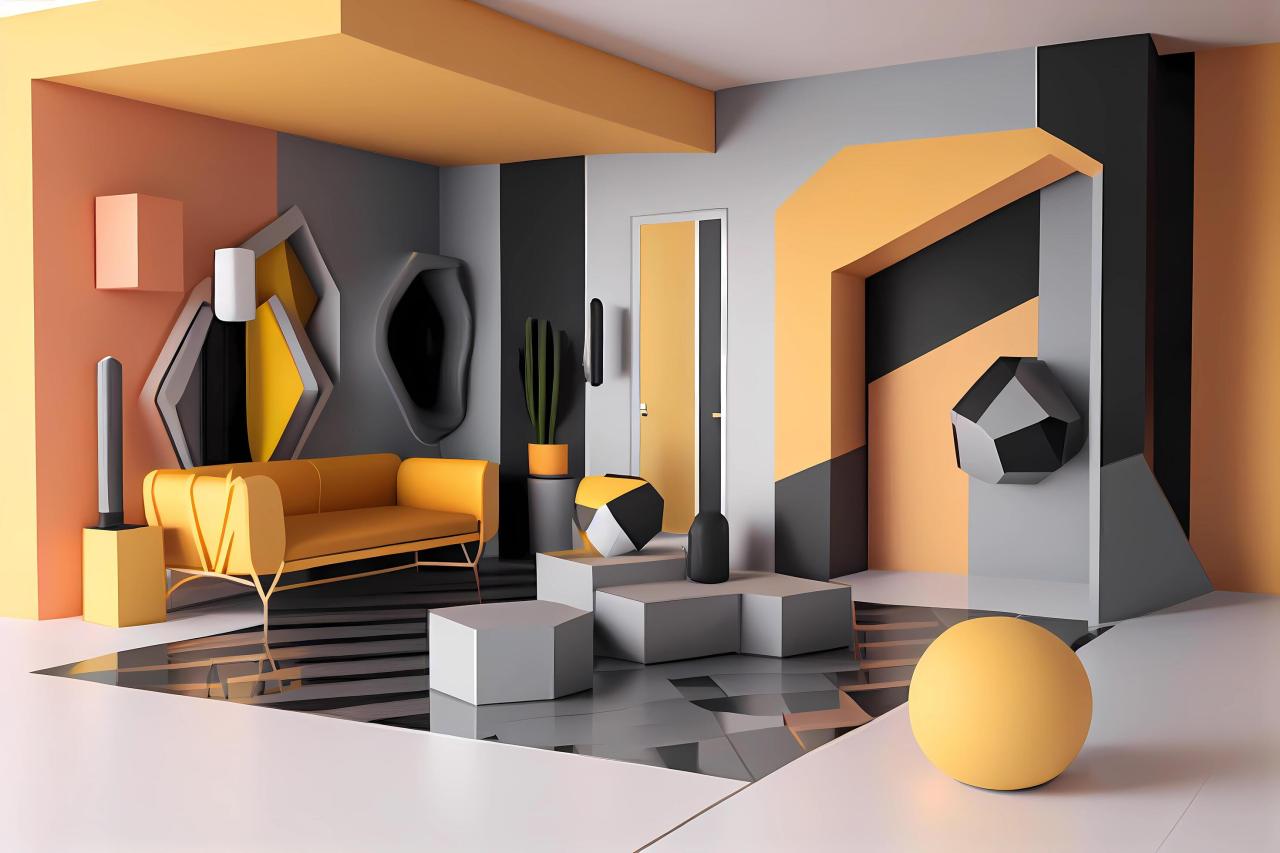
To fully appreciate the current popularity of abstract forms in design, it’s essential to understand their origins in abstract art, a revolutionary movement that broke away from traditional representational art.
A. Early Abstraction and Spiritualism (Late 19th – Early 20th Century): The seeds of abstraction were sown by artists seeking to express internal states or spiritual concepts rather than external reality. Figures like Wassily Kandinsky, often credited with creating one of the first purely abstract paintings around 1910, believed that colors and forms could directly communicate emotion and spiritual truths, independent of subject matter. Hilma af Klint also explored abstract spiritual concepts around the same time.
B. Cubism and Deconstruction (Early 20th Century): Pablo Picasso and Georges Braque fragmented and reassembled objects into geometric forms, showing multiple perspectives simultaneously. While still somewhat representational, Cubism heavily influenced the analytical and deconstructive approach to form, paving the way for pure abstraction.
C. Suprematism and Constructivism (Early 20th Century Russia): Kazimir Malevich’s Suprematism championed pure geometric forms (squares, circles, triangles) as ultimate realities, embodying spiritual purity. Closely related, Constructivism, with artists like El Lissitzky and Vladimir Tatlin, used geometric abstraction for social and revolutionary purposes, emphasizing functionality and industrial materials.
D. De Stijl (Early 20th Century Netherlands): Piet Mondrian and Gerrit Rietveld’s De Stijl movement reduced art and design to fundamental geometric forms (rectangles, squares) and primary colors (red, blue, yellow) plus black and white. This extreme reductionism sought universal harmony and directly influenced architecture and product design with its clean, abstract lines.
E. Abstract Expressionism (Mid-20th Century America): Following World War II, artists like Jackson Pollock and Mark Rothko explored abstraction through gestural painting and color fields, emphasizing emotional expression and the act of painting itself, often without a discernible subject.
F. Op Art and Kinetic Art (Mid-20th Century): Artists like Victor Vasarely and Bridget Riley created optical illusions and kinetic sculptures that played with perception through geometric patterns and abstract forms, creating a dynamic, interactive visual experience.
This rich history demonstrates a consistent artistic drive to explore form, color, and composition for their intrinsic qualities, independent of direct representation, shaping the visual language we now see widely applied in design.
The Psychological Resonance
The widespread appeal of abstract forms stems from their powerful ability to engage us on a deeper, more intuitive level, offering unique psychological benefits.
I. Evoking Emotion and Mood
A. Universal Language: Abstract forms can transcend cultural and linguistic barriers because they don’t rely on specific narratives or recognizable objects. A sweeping curve or a sharp angle can evoke feelings of calm, tension, dynamism, or stability universally.
B. Emotional Purity: By stripping away representational elements, abstract forms can communicate emotions or concepts in a purer, more direct way. A jagged line might inherently suggest agitation, while a flowing curve implies serenity.
C. Subtle Influence: Abstract shapes can subtly influence the mood of a space or the perception of a brand without overt messaging, creating an atmosphere or feeling rather than a concrete statement.
Abstract forms communicate intuitively, allowing for a deeper, often subconscious, emotional connection.
II. Fostering Imagination and Interpretation
A. Ambiguity and Intrigue: The non-literal nature of abstract forms invites viewers to engage their own imagination and draw their own interpretations. This ambiguity creates a sense of intrigue and encourages active participation.
B. Personal Connection: Because interpretation is subjective, individuals can find personal meaning in abstract forms, leading to a stronger, more unique connection with the design.
C. Intellectual Stimulation: Abstract forms can stimulate cognitive processes, encouraging contemplation and a deeper exploration of shape, balance, and composition.
By leaving room for individual interpretation, abstract forms transform passive viewing into an active, imaginative process.
III. Modernity and Sophistication
A. Cutting-Edge Aesthetic: Abstract forms are often associated with contemporary and avant-garde design. Their non-traditional nature signifies innovation and a forward-thinking approach.
B. Timeless Elegance: While modern, well-executed abstract forms often possess a timeless quality, avoiding the fleeting trends associated with more representational or figurative styles. Their purity of form can endure.
C. Refined Simplicity: Despite their potential complexity, abstract forms, particularly geometric ones, can convey a sense of refined simplicity and elegance, aligning with minimalist aesthetics while adding character.
The use of abstract forms lends a sophisticated, modern, and often timeless quality to design.
IV. Dynamic and Adaptive Visuals
A. Movement and Flow: Abstract forms, especially those with dynamic lines, curves, or organic shapes, can create a powerful sense of movement, energy, and flow within a design.
B. Versatility: Abstract elements can be easily adapted to various scales and contexts, from a small icon to a large architectural facade, maintaining their visual integrity and impact.
C. Strong Visual Hierarchy: Designers can use abstract forms to create compelling visual hierarchies, drawing the eye to specific areas or creating a sense of balance and rhythm.
Abstract forms offer immense flexibility, allowing designers to create dynamic and highly adaptable visual compositions.
Abstract Forms Across Disciplines
The popularity of abstract forms is widespread, profoundly influencing how designers conceive and execute projects in various creative fields.
I. Architecture and Interior Design
In architecture and interior design, abstract forms create visually striking, functional, and emotionally resonant spaces.
A. Organic Architecture and Fluid Forms: Buildings with sweeping curves, asymmetrical designs, and natural contours (e.g., Zaha Hadid’s fluid structures, Frank Gehry’s deconstructivist forms) that challenge conventional orthogonal geometry and appear almost sculptural.
B. Geometric Minimalism: Interiors and exteriors characterized by the interplay of pure geometric shapes – squares, circles, triangles – creating clean lines, strong visual impact, and a sense of order. Think of minimalist art installations translated into architectural spaces.
C. Pattern and Repetition: Abstract patterns derived from geometric or organic forms used in facades, flooring, wall coverings, and screens to create visual rhythm, texture, and depth.
D. Abstract Sculptural Elements: Furniture pieces, lighting fixtures, and decorative objects that function as abstract sculptures within a space, defining zones or acting as focal points through their unique forms.
E. Biomorphic Design: Designs directly inspired by biological shapes and systems (e.g., cellular structures, natural growth patterns), leading to forms that are inherently efficient and often visually organic.
F. Play of Light and Shadow: Abstract architectural elements are often designed to interact dynamically with light, creating shifting patterns of shadow that become part of the aesthetic experience.
Abstract forms transform buildings and interiors into works of art, inviting interaction and contemplation.
II. Graphic Design and Branding
In graphic design and branding, abstract forms are crucial for creating memorable, versatile, and emotionally resonant visual identities.
A. Abstract Logos: Many iconic brands use abstract logos that convey a sense of modernity, sophistication, and a specific brand essence without literal representation (e.g., Nike’s swoosh, the simplified Apple logo, Adidas’s three stripes).
B. Geometric and Organic Patterns: Abstract patterns are widely used in brand collateral, packaging, and digital interfaces to create visual consistency, add texture, and communicate brand personality.
C. Expressive Typography: Typefaces with abstract or unconventional letterforms, or typographic compositions arranged in abstract ways, are used to create unique visual voices.
D. Data Visualization: Abstract shapes, lines, and colors are used to represent complex data in clear, engaging, and aesthetically pleasing ways, making information more accessible and impactful.
E. Digital Interface Design (UI/UX): Abstract icons, fluid animations, and non-linear layouts create intuitive and engaging user experiences that are visually dynamic and emotionally evocative.
F. Abstract Illustrations: Illustrations that use simplified shapes, bold colors, and non-representational forms to convey ideas or create mood, popular in editorial, advertising, and corporate communication for their universal appeal.
Abstract forms in graphic design cut through clutter, creating strong visual identities that are memorable and versatile across media.
III. Product Design and Industrial Design
For product and industrial designers, abstract forms allow for aesthetic innovation while often optimizing for functionality and ergonomics.
A. Ergonomic Curves and Organic Shapes: Products designed with ergonomic, flowing curves that fit the human hand or body naturally (e.g., computer mice, tool handles), often taking on an abstract, sculptural quality.
B. Generative Design and Lattice Structures: AI-driven generative design often produces highly abstract, organic, or lattice-like forms for product components, optimized for strength-to-weight ratios and material efficiency, particularly in 3D printed parts.
C. Minimalist Forms with Abstract Detailing: Products with clean, simple forms that incorporate subtle abstract elements like unique textures, unexpected cut-outs, or unconventional joint details.
D. Sculptural Lighting and Furniture: Lamps, chairs, and tables designed as abstract sculptures, where the form itself is the primary aesthetic statement, often made from novel materials.
E. Packaging Design: Packaging that uses abstract forms or cut-outs to create visual intrigue, enhance the tactile experience, or reveal the product in an artful way.
F. Wearable Technology Aesthetics: Smartwatches and fitness trackers are increasingly designed with sleek, abstract forms that blend seamlessly with personal style, moving beyond purely utilitarian aesthetics.
Abstract forms in product design elevate everyday objects into pieces of functional art, making them more desirable and engaging.
IV. Fashion and Apparel
In fashion, abstract forms translate into striking silhouettes, bold patterns, and a focus on form over literal representation.
A. Avant-Garde Silhouettes: Garments with unconventional, sculptural shapes, exaggerated proportions, or deconstructed forms that move beyond traditional clothing construction.
B. Abstract Prints and Patterns: Fabrics featuring non-representational patterns, geometric motifs, or organic shapes that create visual dynamism and artistic statements.
C. Draping and Volume: Designs that play with the inherent abstract forms created by fabric draping, pleating, and volume, allowing the material to sculpt the body in unique ways.
D. Accessory as Abstract Art: Jewelry, handbags, and footwear designed with bold, unconventional, and sculptural abstract forms that stand out as artistic statements.
E. Deconstructed Fashion: Garments that appear to be taken apart and reassembled, revealing abstract cuts, seams, and layers that challenge traditional notions of clothing.
F. Textile Innovation for Form: Development of new fabrics that hold abstract shapes or create unique three-dimensional textures, pushing the boundaries of garment construction.
Abstract forms in fashion transform clothing into wearable art, allowing for bold self-expression and artistic experimentation.
Innovations Propelling the Popularity of Abstract Forms
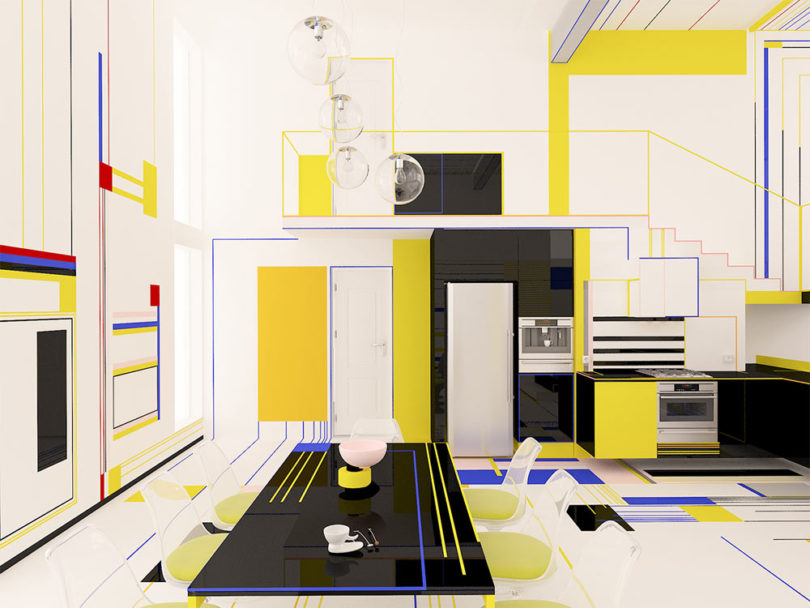
Modern technology and evolving design methodologies are key drivers in the widespread adoption and innovation of abstract forms.
A. Generative Design Software (AI): AI algorithms can rapidly explore vast design possibilities, generating complex and optimized abstract forms for architecture, product design, and even graphic patterns, often discovering solutions beyond human intuition.
B. Parametric Design Tools: Software like Grasshopper (for Rhino) allows designers to create designs based on parameters, enabling the easy generation of intricate, flowing, and mathematically precise abstract forms that can be easily modified.
C. 3D Printing and Advanced Manufacturing: Additive manufacturing technologies make it possible to produce highly complex, organic, and intricate abstract forms that were previously unmanufacturable using traditional methods.
D. Virtual Reality (VR) and Augmented Reality (AR) in Design: Designers can now sculpt and visualize abstract forms directly in 3D space using VR tools, and clients can experience abstract architectural models or product prototypes immersively in AR/VR.
E. Real-time Graphics Engines: Powerful game engines are being repurposed for architectural visualization, product rendering, and motion graphics, allowing for real-time manipulation and rendering of complex abstract forms and environments.
F. Big Data and Visualization: As data becomes more prevalent, abstract forms are increasingly used in data visualization to represent complex datasets in aesthetically pleasing and easily digestible ways, from network graphs to abstract heatmaps.
These technological innovations are democratizing the creation of complex abstract forms, making them more accessible to designers and allowing for unprecedented levels of iteration and refinement.
Challenges and The Enduring Allure of Abstraction
While highly popular, the widespread use of abstract forms also presents certain challenges, alongside a clear path for their continued appeal.
A. Subjectivity and Misinterpretation: The non-literal nature of abstract forms means their meaning can be highly subjective, potentially leading to misinterpretation or a lack of clear communication if not carefully considered in a functional design context.
B. Overuse and Cliché: As a popular trend, there’s a risk of abstract forms becoming overused or cliché if not applied thoughtfully and with originality.
C. Balancing Aesthetic with Functionality: Integrating highly abstract forms into functional products or spaces requires careful balance to ensure the aesthetic doesn’t compromise usability or practicality.
D. Production Complexity: Some highly complex or organic abstract forms can still be challenging or expensive to manufacture using traditional methods, though 3D printing is addressing this.
E. Client Understanding: For some clients, communicating the value and purpose of abstract design can be more challenging than presenting literal or representational concepts.
Despite these challenges, the appeal of abstract forms is deeply rooted and likely to endure.
F. Timelessness and Universal Appeal: Their non-specific nature means abstract forms often transcend fleeting trends, offering a timeless aesthetic that can remain relevant for years.
G. Personalization and Individuality: Abstract forms allow designers and consumers to express unique individuality and move beyond conventional representations, fostering a sense of originality.
H. Emotional Resonance and Sophistication: In an increasingly complex world, the ability of abstract forms to evoke pure emotion and a sense of refined sophistication continues to be highly valued.
Conclusion
The current popularity of abstract forms is a testament to their powerful ability to inject originality, emotion, and sophistication into design. They represent a fundamental shift towards a more nuanced, interpretive, and visually compelling approach to shaping our world, promising an even more dynamic and expressive future for design.

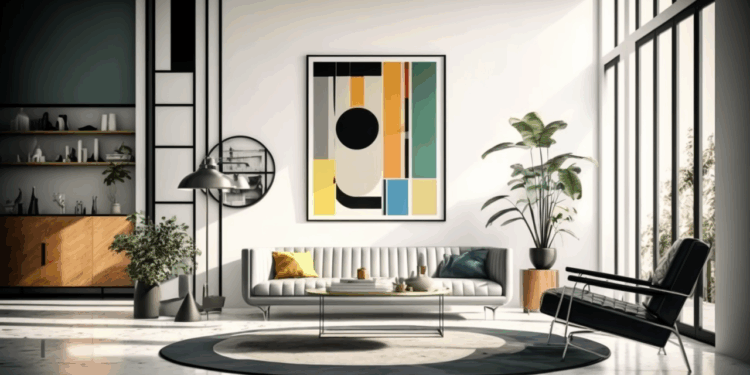
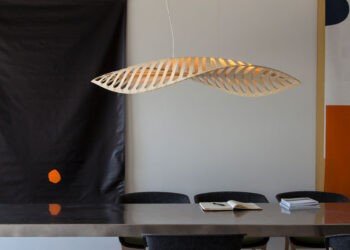
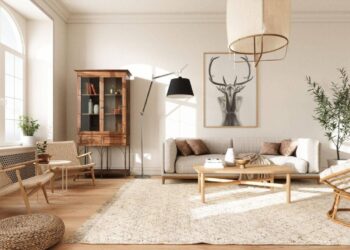

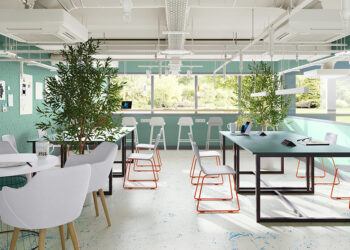
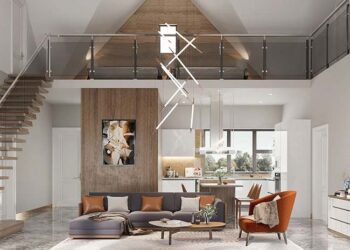
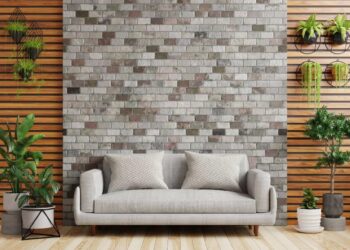

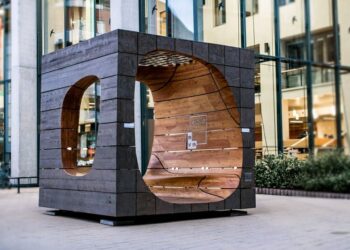

Discussion about this post